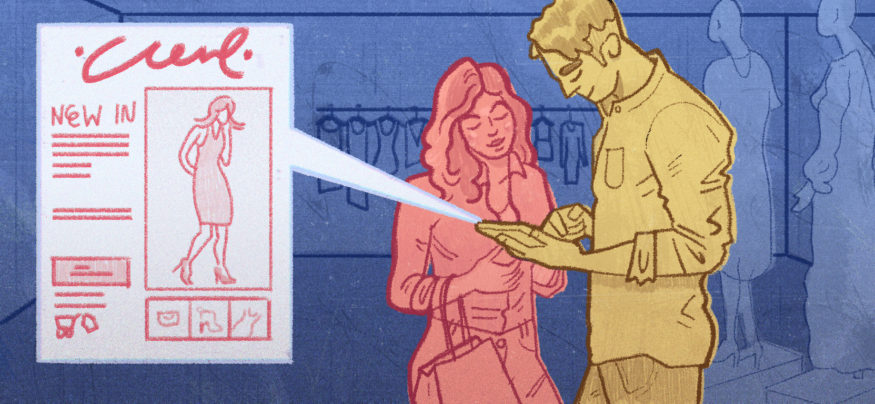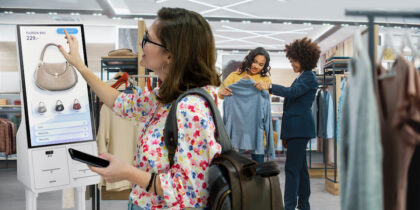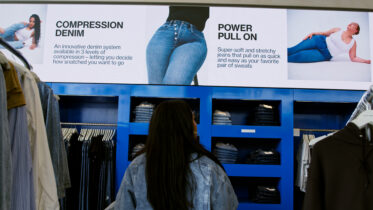By empowering their employees with the right technologies, retailers are giving customers a superior in-store experience that keeps them coming back. They’re also helping to strengthen their brand’s image — an important element for a successful multichannel strategy, according to a recent RetailWire study.
The research showed that 54 percent of retailers say that omnichannel proficiency is essential, with in-store pickup considered to be one of the most important near-term investments. In a multichannel environment, today’s retail stores are more than just places to sell goods — they also serve as the centerpieces of the e-commerce distribution system for the many retailers that offer customers ship-to-store and return-to-store options for their online purchases.
Knowing that e-commerce continues to grow in popularity due to its ease of shopping, ordering and delivery, retailers are looking to do everything they can to improve the in-store customer experience. Many are using combinations of digital signage, QR codes and beacons to provide shoppers with additional product data, much like the information they can typically find online.
Enhancing the In-Store Experience
Other technology enables retailers to make the in-store customer experience compelling, providing customized shopping experiences that give consumers a reason to return and make additional purchases. As the report points out, technology used to enhance the in-store experience should augment the capabilities of well-trained sales associates, rather than replace them. Despite the growth of e-commerce, the human factor remains an essential element for any retailer pursuing a multichannel strategy. As the report notes, “If your consumers wanted an entirely technology-driven experience, they would order everything online. There is no replacement for human sales interaction.”
Tablets enable sales associates to have the same access to product information that customers have on their smartphones. If properly integrated with inventory systems, the tablets will also provide sales associates with critical inventory information so they’re able to see if a product not on the shelves is in storage in the back of the store, at a nearby store or in the warehouse. If it’s in the warehouse, the sales associate can use the integrated tablet to order the item directly for the customer, rather than forcing them to make a return trip.
Retailers can also enhance a customer’s in-store experience by using a combination of mobile and stationary POS systems to speed up checkout. In-store associates can use the mobile devices to take payments immediately when customers are ready to buy an item, or for “line-busting” to ensure checkout lines don’t get too long. With either mobile or stationary POS systems, sales associates can also offer the option to use mobile payment systems such as Samsung Pay, providing customers with a quick, secure payment method that fits with their increasingly mobile lifestyles.
For the best blend of in-store and online sales experiences and retail success, the report stresses the importance of having technologies that work seamlessly with one another to provide unified views of customer data, including buying and channel preferences, and offer consumers a superior in-store experience.
To draw customers back into their brick-and-mortar stores, more and more retailers are turning to experiential retail.







